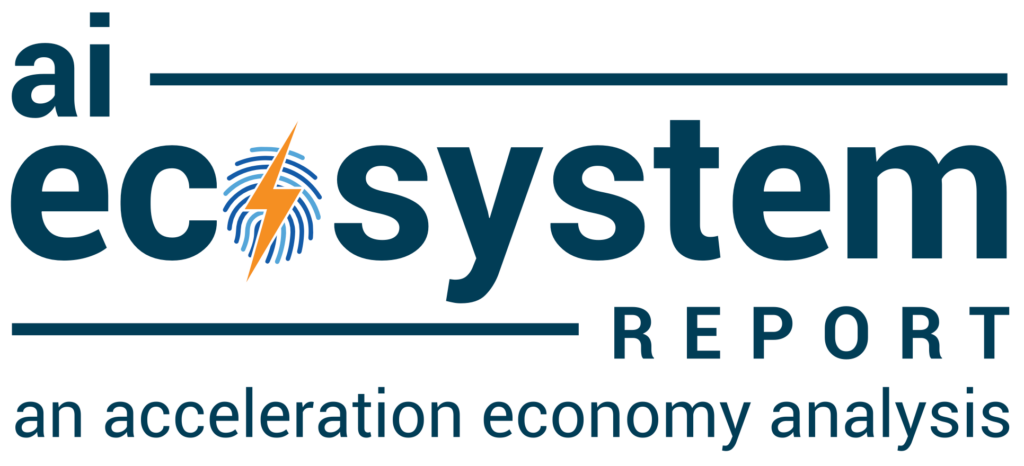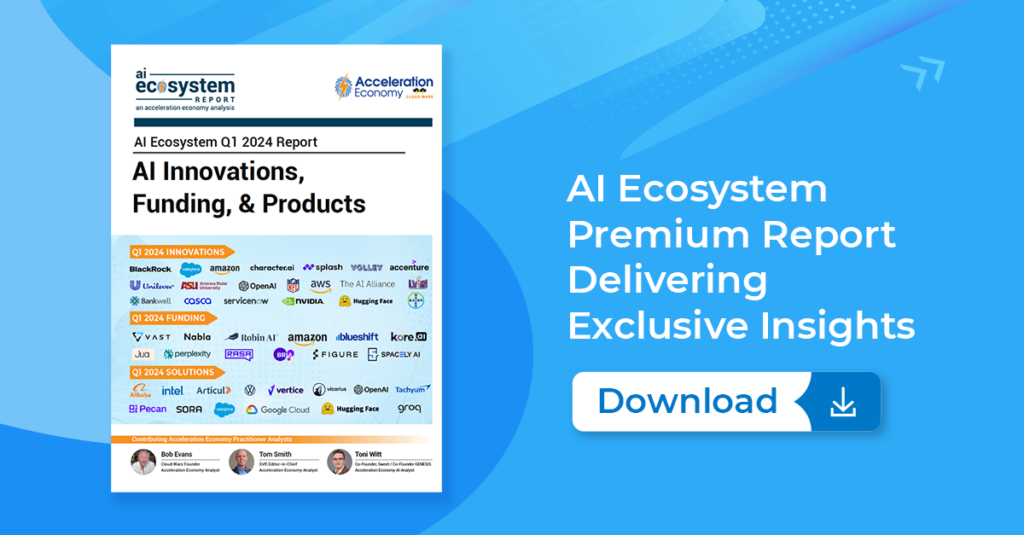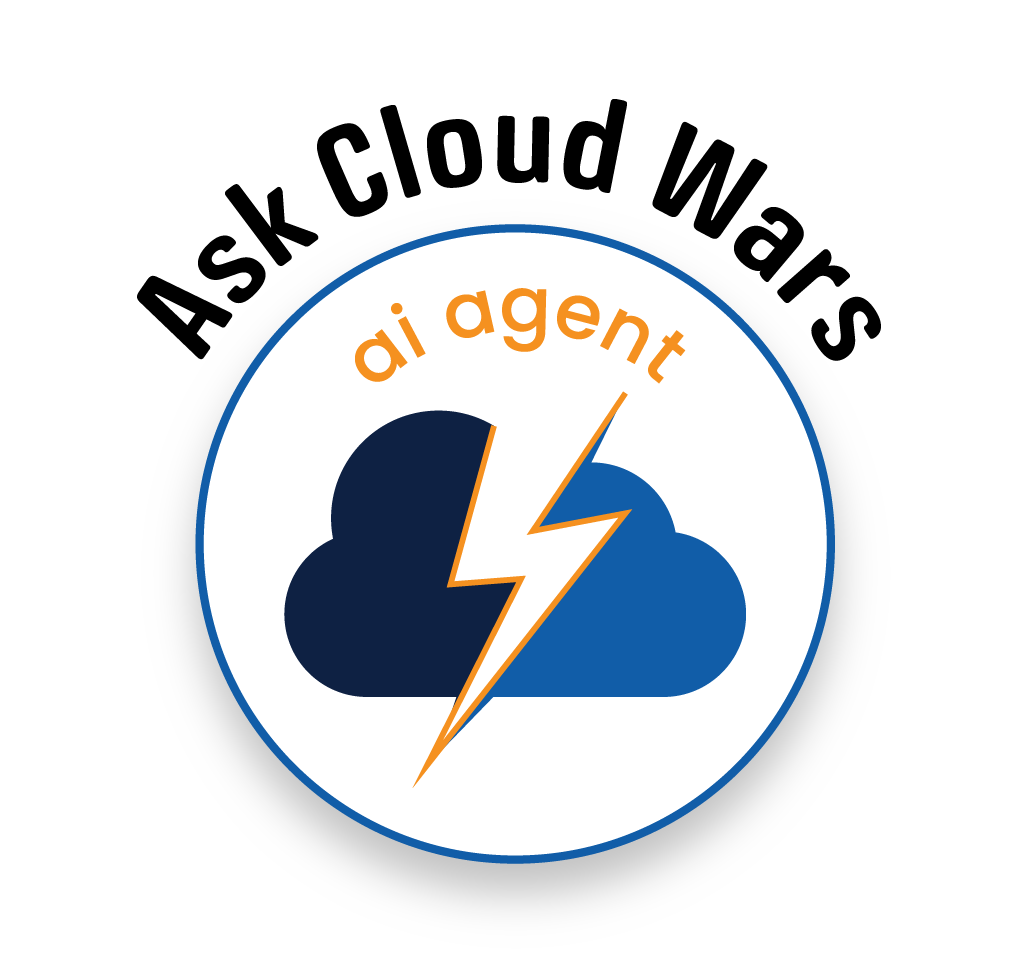
There isn’t a business executive, technology pro, or investor who is not salivating over the transformative potential of AI. Whether you’re buying, selling, or implementing technology, the world is looking at AI as a vehicle to revolutionize their business.
With pressure to capitalize on the AI gold rush, developers, and product teams are working hard to crank out new AI products or add AI to existing ones. Simultaneously, marketing and sales teams are poised to unleash campaigns, anticipating a flood of new customers and revenue. However, it’s crucial to recognize that the AI fervor can sometimes lead to significant missteps on the road to nirvana, especially in the product development and go-to-market (GTM) functions.
For business and technology leaders, shifting focus from AI hype to pragmatic, effective product development and GTM is imperative. Here’s how to navigate the AI landscape with precision and foresight:
1. Prioritize Customer Use Cases over Buzz and Potential
Instead of being swayed by the buzz around AI, concentrate on identifying and addressing real customer needs.
Conversing and validating your product concepts and value with customers is essential for short-term gains and long-term success. Today, this effort also includes collaborating with customers, tech partners, and service providers to co-create AI-powered products tailored to real-world applications. We are witnessing this in the automotive industry, where AI-powered virtual assistants are put in vehicles to provide services from roadside assistance to entertainment to maintenance. AI-powered services may ultimately be more coveted – the reason to buy from a certain automobile manufacturer – than the car itself.
2. Follow Product Development and GTM Disciplines
While the allure of cutting-edge technology is considerable, it’s essential to adhere to proven product development practices. Key steps include:
- Understanding which vendors, products, and solutions customers rely on today for similar solutions – size up the playing field competing for your buyers’ attention and budget.
- Clearly defining the ideal customer profile and specific use cases for the AI product, emphasizing business and user value over technological innovation. This includes defining the business and financial decision-makers and influencers to shape your sales and marketing strategy.
- Researching to understand the market and capturing each product user’s needs, gaps, and opportunities that AI products can address.

The AI Ecosystem Q1 2024 Report compiles the innovations, funding, and products highlighted in AI Ecosystem Reports from the first quarter of 2024. Download now for perspectives on the companies, investments, innovations, and solutions shaping the future of AI.
3. Tailor GTM Strategies to AI Market Dynamics
Adapt your GTM approach to consider AI technology’s disruptive nature and the rapidly evolving market. Key recommendations:
- Avoid fixating on market size projections or chasing total available market (TAM) figures, as AI’s disruptive nature makes accurate predictions challenging. Investors love them, but your customers don’t care.
- Focus on customer use cases where AI shines and can deliver immediate customer value. This includes using AI to automate manual and outdated processes and applications requiring big data processing and analysis. Here’s one great example: the luxury brand Burberry developed big data and AI applications to combat counterfeit products using technology originally developed for customer service applications.
- Recognize the dynamic nature of AI technology, customers’ changing expectations, and their understanding of how to harness AI. Real-time monitoring and using data to understand clients’ changing needs are essential for your product to stay relevant and effective.
- Evaluate developing AI products, apps, and models initially rather than investing resources in building expansive platforms. This is a viable strategy at this stage in the AI market. At Acceleration Economy, we track companies providing their products as part of cloud providers’ AI ecosystems. Ecosystems often provide a vibrant and immediate customer base for your AI product or service.
4. Integrate Data Governance and Privacy Protections
Ensure your AI products and product communications prioritize data governance, compliance, and privacy protection. This is not negotiable today, when AI trust is low and mishandling data can lead to irreparable damage. Skyflow is one example of software offering AI privacy protection, exemplifying the importance of embedding security within AI offerings.
While AI’s momentum appears unstoppable, business and technology leaders must approach product development by balancing speed to market with foresight and a customer-centric mindset. Organizations can tap into AI’s transformative potential while mitigating risk by prioritizing real-world use cases, adhering to established product development disciplines, and adapting GTM strategies to AI dynamics. These are exciting times, no matter if you are buying, selling, or developing AI products.
Ask Cloud Wars AI Agent about this analysis










